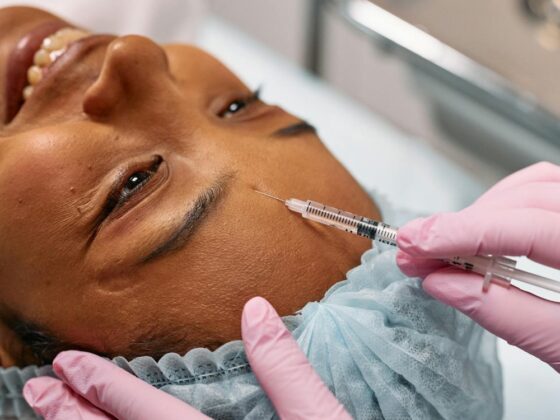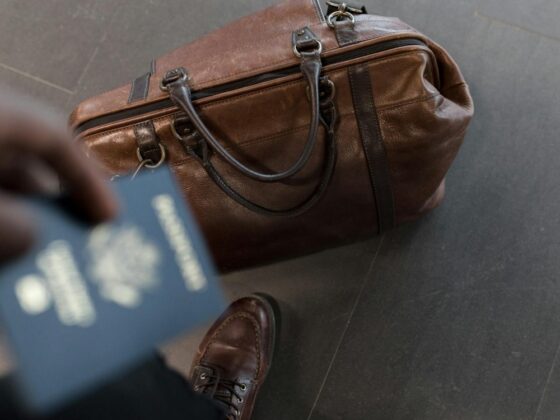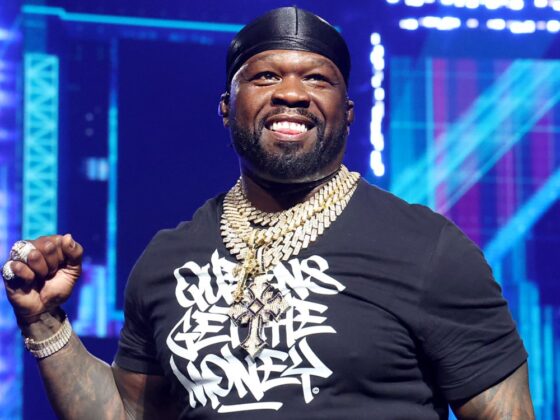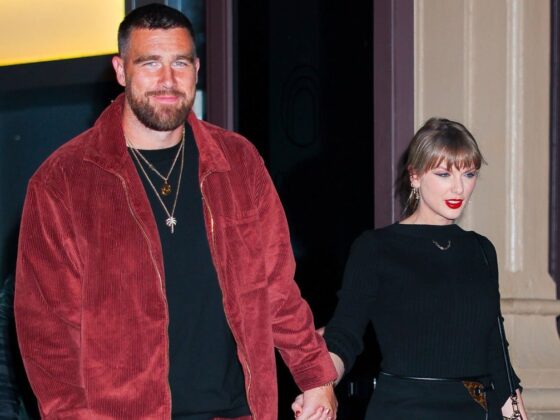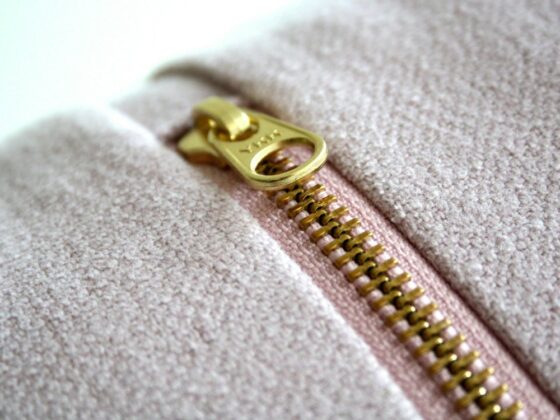Varicose veins are more than just a cosmetic issue—they can affect our circulation, comfort, and overall well-being. If you’ve noticed bulging, twisted veins on your legs, you may be wondering what causes them and how to address them safely. Consulting a vein doctor near Glastonbury can provide clarity and guidance tailored to your needs.
In this text, we’ll explore the causes and symptoms of varicose veins, as well as the wide range of treatment options available—from lifestyle adjustments and home remedies to advanced, minimally invasive procedures. Our aim is to help you understand that restoring leg health is not only possible but also safe when approached correctly.
Understanding Varicose Veins
Varicose veins occur when the valves in our veins malfunction, preventing blood from flowing smoothly towards the heart. This leads to the pooling of blood, which causes the veins to become enlarged and warped.
Causes and Risk Factors
A variety of factors can contribute to the development of varicose veins. Some common causes include:
- Genetics: A family history of varicose veins significantly increases our risk.
- Age: As we get older, our veins lose elasticity, making them more prone to issues.
- Hormonal Changes: Hormonal fluctuations during pregnancy, menopause, or when taking birth control can affect vein health.
- Obesity: Excess weight puts additional pressure on our veins.
- Sedentary Lifestyle: Prolonged periods of standing or sitting can hinder circulation.
Symptoms and Diagnosis
Varicose veins may be symptomatic beyond their visual appearance. Common symptoms include:
- Aching or heavy legs
- Swelling in the legs or ankles
- Burning or throbbing sensations
- Skin changes, such as discoloration or ulcers
To diagnose varicose veins, our healthcare provider typically performs a physical examination and may use ultrasound imaging to assess blood flow and valve function.
Treatment Options for Varicose Veins
When it comes to treating varicose veins, we have several options, tailored to our specific needs.
Conservative Treatments
For mild cases, conservative treatments are often effective. These include:
- Compression stockings: Wearing these helps improve blood circulation and reduce swelling.
- Elevating the legs: Periodically elevating our legs can relieve pressure and improve blood flow.
- Exercise: Regular physical activity can reinforce vein health by promoting blood circulation.
Minimally Invasive Procedures
For more severe symptoms, we may consider:
- Sclerotherapy: A solution is injected into the veins, causing them to collapse and fade over time.
- Endovenous laser treatment (EVLT): Laser energy is used to seal off affected veins.
- Radiofrequency ablation: Similar to EVLT, this technique heats and closes varicose veins.
These minimally invasive options have the advantage of requiring little recovery time, allowing us to return to our daily routines quickly without prolonged downtime.
Surgical Interventions
In advanced cases, traditional surgical methods may be necessary. These include:
- Vein ligation: This involves removing the affected veins through small incisions.
- Ambulatory phlebectomy: Here, we remove varicose veins through tiny punctures made in the skin.
Surgical interventions are typically effective and provide a long-lasting solution for managing varicose veins.
Post-Treatment Care
Once we’ve undergone treatment for varicose veins, proper care is crucial for optimal recovery. Here are some tips:
- Follow-Up Appointments: Keeping our follow-up appointments ensures that our doctor can monitor our recovery and address any concerns.
- Post-Procedure Compression: Wearing compression stockings post-treatment can enhance circulation and support healing.
- Stay Active: Light physical activity, like walking, can foster better blood circulation.
- Avoid Prolonged Sitting or Standing: This can help minimize pressure on our veins as they heal.
Lifestyle Changes for Better Leg Health
Preventing the recurrence of varicose veins isn’t solely reliant on medical treatment: it involves ongoing lifestyle changes as well. Here are some effective strategies:
- Maintain a Healthy Weight: This alleviates pressure on our veins and improves overall health.
- Regular Exercise: Activities such as walking, cycling, or swimming enhance circulation and reinforce calf muscles.
- Balanced Diet: Incorporating fiber-rich foods and antioxidants supports vein health and circulation.
- Stay Hydrated: Proper hydration aids healthy blood flow.
- Avoid High Heels: Opting for supportive footwear can mitigate strain on our legs and improve circulation.
Making these changes can lead to improved leg health and reduce our chances of future varicose vein development.
When To Seek Medical Advice
It’s essential for us to recognize when symptoms necessitate professional evaluation. Signs to look for include:
- Increased pain or discomfort in the legs
- Significant swelling or changes in skin color
- Development of open sores or ulcers
- Signs of infection such as fever or redness
If we experience any of these symptoms, it’s vital to consult our healthcare provider sooner rather than later to prevent any serious complications.
Conclusion
Restoring leg health from varicose veins is a journey involving understanding, treatment options, and proactive lifestyle changes. We’ve explored various methods, from conservative treatments to advanced surgical procedures, all aimed at enhancing our well-being. Remember, taking early action and adopting a lifestyle focused on maintaining vein health can make a significant difference in our leg health. If you’re battling varicose veins, don’t hesitate to reach out to a healthcare professional who can guide you to the safest and most effective treatment options.
Image Credit: Alina Rossoshanska




